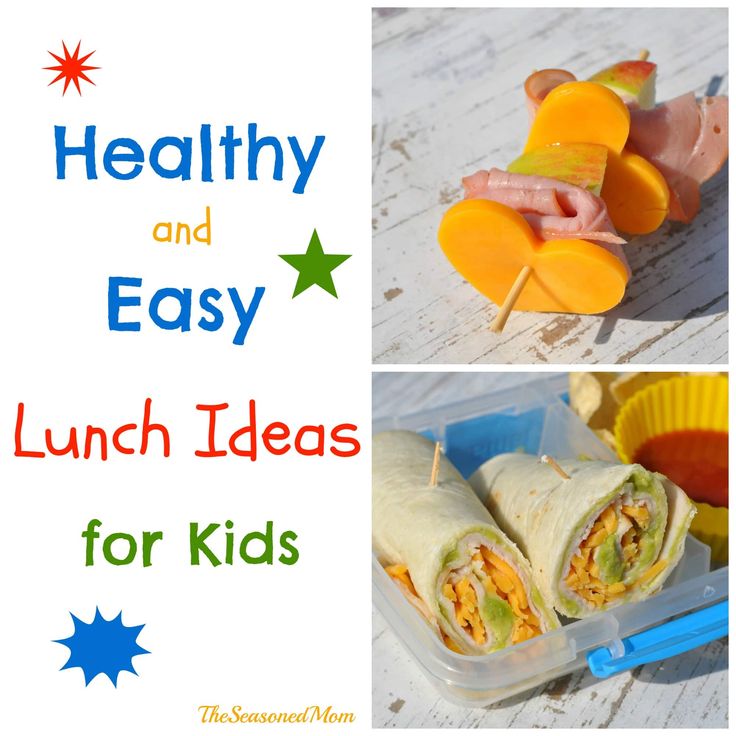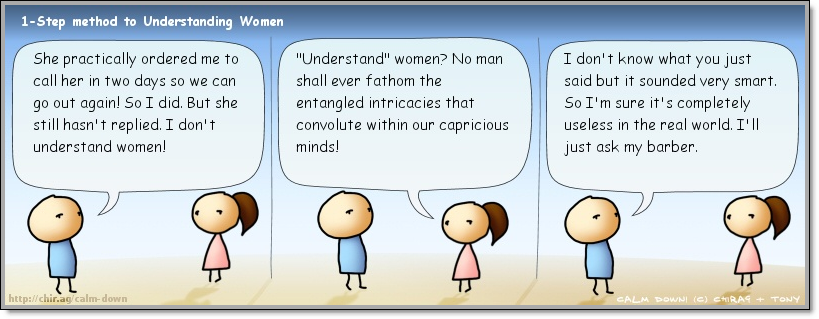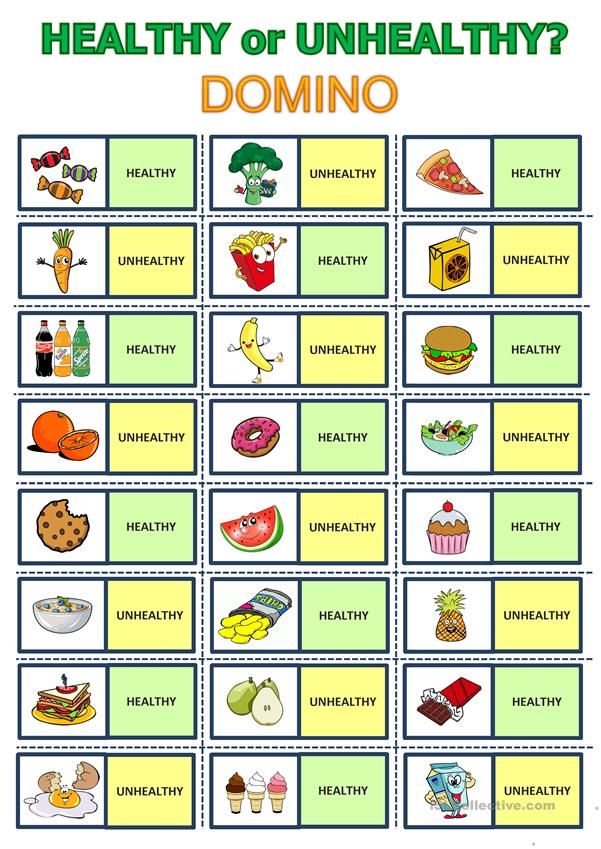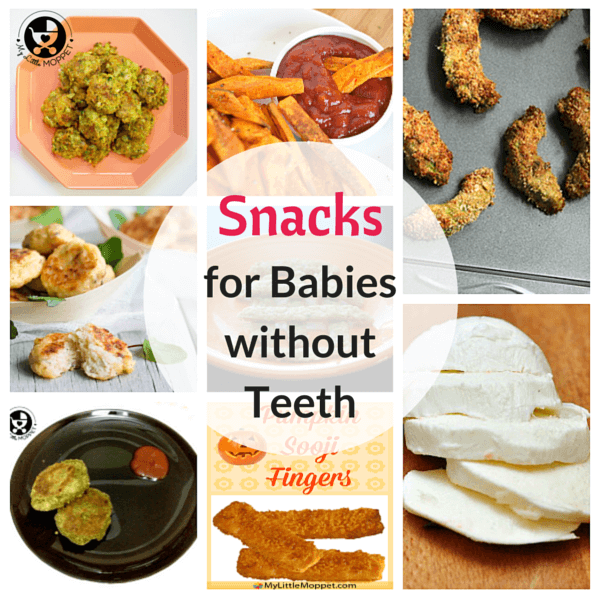My baby will only eat finger food
What to do if your baby doesn't like baby foods, purees, or solids
Introducing your baby to solid foods can be fun and photo-worthy, but this milestone can also come with some challenges.
It's normal for babies to balk the first time (or many times) they try new solid foods, since they've only ever had breast milk or formula. Don't be discouraged if your baby refuses food at first – it can take 10 or more tries sometimes to get your baby to eat a new food.
The key at any age is to offer your baby a wide variety of foods and keep trying. Even if they don't like the food at first, keep offering it to them – babies learn to love what they're given. If they don't like sweet potato, maybe they'll like squash. Once they get used to squash, try mixing squash with sweet potato to get them used to the new flavor. If they don't like bananas, try avocado and then go back to bananas for another try.
But if you're serving your baby different foods and nothing's working, read on.
If your baby won't eat solids
If your baby is about 6 months old and is developmentally ready for solid foods (has good head control, is grasping, can sit up on their own), but doesn't seem interested in food, they may just not be ready to dive in yet.
Some babies need a little more time to develop curiosity around food. Take it slow – if you try to give your baby one kind of puree and they refuse it, wait a few days and try a different puree. In the meantime, make family meals fun and engaging by talking to your baby about the food you're preparing and letting them watch you eat.
If your baby is struggling with purees, baby-led weaning could be a good alternative. This method encourages your baby to explore food on their own. Simply offer your child safe foods, like soft scrambled eggs or long spears of very ripe banana, and let them experiment with how the food feels in their hands and mouth.
Keep in mind that whether you start with pureed foods or try baby-led weaning, gagging is perfectly normal while your baby learns to feed themself. The gag reflex helps bring food to the front of the mouth so your baby learns how to chew.
The gag reflex helps bring food to the front of the mouth so your baby learns how to chew.
If your baby won't eat finger foods
If your baby is 9 months or older and they don't like finger foods and thicker purees, there could be a few reasons. If your baby has primarily been spoon-fed by you up until now, they may need some time to get the hang of feeding themselves finger foods.
Advertisement | page continues below
Or they may not be ready yet – babies can't pick up and feed themselves finger foods well until they learn the pincer grasp. This usually happens around 8 to 10 months, but if you're baby's a little behind, don't worry. They may just need some extra time to learn, and some encouragement from you can help.
You can help your baby master their grabbing skills by giving them lots of toys that are easy to grasp, like soft blocks, plastic rings, and board books. Play a little game with them by putting a colorful toy in front of them and encouraging them to grab it.
Some babies also have a sensitive gag reflex that makes them gag on lumpy food. (They may have had difficulty latching on when nursing as infants.) If your baby has trouble eating textured or lumpy food without gagging, sticking to thin purees may feel safe, but this could get in the way of helping your child learn how to chew.
Teach your baby to tolerate lumpy food by adding ingredients with a uniform texture – like wheat germ or cracker crumbs – to pureed food. Start with a small amount and add more as your baby gets used to the texture. You can also try giving them solids that will dissolve easily in their mouth, like baby crackers, to help them get used to new textures.
If your baby doesn't like the texture of meat, try a different preparation: For example, if your baby won't eat diced chicken breast, try giving them ground chicken or thinly sliced deli meat instead.
If your baby is sensitive to the texture of finger foods, experiment with introducing different textures in other ways – give your baby feathers, a bumpy ball, or cooked noodles to play with. (Just make sure to supervise in case small items end up in your baby's mouth.) Teething toys that have bumps may help, too. Getting used to new sensations at playtime might make your baby more open to unfamiliar food textures.
(Just make sure to supervise in case small items end up in your baby's mouth.) Teething toys that have bumps may help, too. Getting used to new sensations at playtime might make your baby more open to unfamiliar food textures.
If your child still rejects lumpy or textured solid food at a year old, or if they aren't able to feed themself finger foods by 12 to 15 months, check in with your child's doctor. It could indicate that your child has a developmental problem or sensory issue that may be improved with the right help.
Severe difficulty eating a wide range of foods is common among kids with autism spectrum disorder (ASD) or sensory processing disorder (SPD), but picky eating isn't the only sign of these conditions. Talk to the doctor if you have any concerns.
Was this article helpful?
Yes
No
Finger Foods for Babies (for Parents)
When babies begin feeding themselves — a new task most really enjoy — they'll find that they like trying new tastes and textures.
By the time they're 9 months old, most babies have developed the fine motor skills — the small, precise movements — needed to pick up small pieces of food and feed themselves. You may notice that yours can take hold of food (and other small objects) between forefinger and thumb in a pincer grasp. The pincer grasp starts out a little clumsy, but with practice soon becomes a real skill.
Let your child self-feed as much as possible. You'll still help by spoon-feeding cereal and other important dietary elements. But encouraging finger feeding helps your child develop independent, healthy eating habits.
Finger feeding — and using utensils a little later — gives babies some control over what they eat and how much. Sometimes they'll eat the food, sometimes not, and that's all part of the process of learning self-regulation. Even little kids can tell when they're hungry or full, so let them learn to recognize and respond to these cues.
What Should a Baby Eat?
Now that they're joining the rest of the family for meals, older babies are ready to try more table foods.
This means more work for whoever makes the meals for the family, but dishes often can be adapted for the baby. For instance, your little one can have some of the zucchini you're making for dinner. Cook that serving a bit longer — until it's soft — and cut it into pieces small enough for the baby to handle. Pieces of ripe banana, well-cooked pasta, and small pieces of chicken are other good choices.
Before giving your child a finger food, try a bite first and ask yourself:
- Does it melt in the mouth? Some dry cereals and crackers that are light and flaky will melt in the mouth.
- Is it cooked enough so that it mushes easily? Well-cooked veggies and fruits will mush easily, as will canned fruit and vegetables (choose ones without added sugar or salt).
- Is it soft? Cottage cheese, shredded cheese, and small pieces of tofu are good examples.
- Can it be gummed? Pieces of ripe banana and well-cooked pasta can be gummed.
- Is it small enough? Food should be cut into small pieces.
 The sizes will vary depending on the food's texture. A piece of chicken, for instance, needs to be smaller than a piece of watermelon, which even a pair of baby gums will quickly smash.
The sizes will vary depending on the food's texture. A piece of chicken, for instance, needs to be smaller than a piece of watermelon, which even a pair of baby gums will quickly smash.
If your child doesn't like a food, don't let that stop you from offering it at future meals. Kids are naturally slow to accept new tastes and textures. For example, some are more sensitive to texture and may reject coarse foods, such as meat. When introducing meat, it's helpful to start with well-cooked ground meats or shreds of thinly sliced deli meats, such as turkey.
Present your baby with a variety of foods, even some that he or she didn't seem to like the week before. Don't force your baby to eat, but realize that it can take 10 or more tries before a child will accept a new food.
Finger Foods to Avoid
Finger feeding is fun and rewarding for older babies. But avoid foods that can cause choking and those with little nutritional value.
Choking Hazards
Parents and caregivers can help prevent choking by supervising the baby during eating. Foods that are choking hazards include:
Foods that are choking hazards include:
- pieces of raw vegetables or hard fruits
- whole grapes, berries, cherry or grape tomatoes (instead, peel and slice or cut in quarters)
- raisins and other dried fruit
- peanuts, nuts, and seeds
- large scoops of peanut butter and other nut or seed butters (use only a thin layer)
- whole hot dogs and kiddie sausages (peel and cut these in very small pieces)
- untoasted bread, especially white bread that sticks together
- chunks of cheese or meat
- candy (hard candy, jelly beans, gummies, chewing gum)
- popcorn, pretzels, corn chips, and other snack foods
- marshmallows
Hold the Sweets
At first bite, your baby probably will love the taste of cookies, cake, and other sweets, but don't give them now. Your little one needs nutrient-rich foods, not the empty calories found in desserts and high-fat snacks, like potato chips.
It's tempting to want to see the baby's reactions to some of these foods, but now is not the time. Grandparents and others may want to rush your baby into trying triple-chocolate cake or some other family favorite. Politely and firmly explain that the baby isn't ready for those foods. You can blame this tough love on your child's doctor — the doctor won't mind.
Grandparents and others may want to rush your baby into trying triple-chocolate cake or some other family favorite. Politely and firmly explain that the baby isn't ready for those foods. You can blame this tough love on your child's doctor — the doctor won't mind.
When to introduce pieces in complementary foods?
The article was written with the help of nutritionist Victoria Vishnyakova.
You need to take the transition from puree to chunks seriously, as this step is very important.
Such food is called in English-speaking countries “finger foods” translated into Russian as “finger food”. Toddlers take pieces with their fingers, bring them to their mouths, knead them with their gums and swallow.
At the same time, several systems are included in the work at once:
- The brain needs to coordinate the actions of the hands, mouth and jaw
- Mouth, tongue, jaw muscles are being trained
- Gastrointestinal tract adapts to digest food other than solids, not just purees and liquids.

You should know that, as in other stages of the development of the baby, the pieces also need to be introduced into the “window of opportunity” - this is the period during which skills are mastered easily and naturally. In cases where such a moment was missed, much more effort has to be applied.
Based on modern recommendations, lumpy food should be offered from about six months, that is, almost immediately with the start of complementary foods. The deadline is about 9-10 months. – later the “window” will be closed.
You can start complementary foods not with mashed potatoes, but knead boiled vegetables with a fork, after a while you will not need to do this too carefully. Thus, the consistent addition of lumpy food to the child's diet will begin.
When you start complementary foods with mashed potatoes, then after a while offer pieces first of all, and if suddenly the baby gets tired, give mashed potatoes.
You can not mix puree with pieces! Toddlers do not expect that a solid object may be caught in their usual food - they will begin to "suck" it and may choke. As a result, there is a possibility that there will be a fear of food and even a temporary refusal of complementary foods.
As a result, there is a possibility that there will be a fear of food and even a temporary refusal of complementary foods.
Lumpy food should be soft so that children can knead it with their fingers. If the piece is hard, then it can be dangerous, since the child will not be able to chew it, but it is easy to choke on it.
There is no need to be afraid to give food in the form of pieces with the start of complementary foods. Offer your food by simply kneading it with a fork - this is normal, but only if your diet does not contain foods that are undesirable or dangerous for the baby (we wrote about this in another article).
Children can keep a piece in their mouth for a long time, and then spit it out - it's okay. Thus, they acquire many different skills, not forgetting to satisfy their hunger. Do not worry, put a plate, take your time - the child can crush, smear, spit, and eat what is needed.
Most importantly, do not leave children alone during this process, because there is a risk of choking. At a time when the baby smears food on his hands and plate, you will have time to eat your food warm.
At a time when the baby smears food on his hands and plate, you will have time to eat your food warm.
Have a good appetite everyone!
More articles
Water consumption and skin
ASIT and birch allergy
Frequent SARS
Ophthalmologist's visitSee all articles
A child swallowed a foreign body: symptoms and what to do 9002
Nails, needles, toothpicks, batteries, coins - children manage to swallow a variety of objects. By what symptoms can you understand that the child ate something “wrong”? And what to do in case of emergency?
Doctor's consultation
You can get the consultation of the necessary specialist online in the Doctis app
Laboratory
You can undergo a comprehensive examination of all major body systems
- The child swallowed a coin
- The child swallowed the magnetic balls from the toy
- Baby swallowed a needle or nail
- Child ate hydrogel balls
- A child swallowed a battery
First, about what not to do. You can not induce vomiting, do an enema, "jam" and "drink" foreign body. You can and should call an ambulance. Or take the child to the hospital yourself. Without a surgeon in most cases it won't work.
You can not induce vomiting, do an enema, "jam" and "drink" foreign body. You can and should call an ambulance. Or take the child to the hospital yourself. Without a surgeon in most cases it won't work.
Child swallowed something: real examples
Three days ago my child (1 year 8 months) swallowed a ruble coin. They didn't go to the doctor. We decided that the coin is small, it will come out by itself. But she doesn't come out! Today we went to the hospital. There us scolded - they say, it was necessary to apply immediately, then they would have taken it out of the stomach. And now they gave the baby was given a laxative and was told to watch the potty...
If a child swallows a small round object with smooth edges - a coin, a bead, a round stone - it usually comes out naturally after a few days. However, sometimes it is necessary to refer to doctor. The fact is that the esophagus has physiological narrowing, where the foreign body Maybe get stuck. At the same time, symptoms such as sore throat, urge to vomit, profuse salivation (food can pass freely). It is necessary to remove the foreign object as soon as possible. Otherwise it may bedsores and perforation of the esophagus.
At the same time, symptoms such as sore throat, urge to vomit, profuse salivation (food can pass freely). It is necessary to remove the foreign object as soon as possible. Otherwise it may bedsores and perforation of the esophagus.
If the swallowed object freely passed the esophagus and entered the stomach, then it is better to attempt it removal using gastrofibroscopy. If the x-ray shows that the foreign body is already in the intestine, we usually give the child a barium mixture, which envelops this object and contributes to the speedy progress through the gastrointestinal tract. And also a laxative. The child must be supervised pediatrician, because there are bottlenecks in the gastrointestinal tract - the exit from the stomach (pylorus), the burgine valve (the place separating the thin and thick intestine), where the foreign body can linger.
In general, so that such situations do not arise, children under 3 years old you can’t give small objects - babies put everything in their mouths.
Our 2 year old daughter ate three magnetic balls. We only understood that the daughter was in trouble when she began to vomit uncontrollably. The child underwent a complicated operation. I don't know what awaits us now...
The problem is, the child often swallows not just one balloon, but several. And at different times. As a result one of them goes forward, and the other is behind. And these balls are very strong magnets. Once in different intestinal loops, they are attracted to each other. This is fraught the appearance of internal fistulas and perforations. Symptoms may not occur for a long time, but they necessarily manifest either pain or intestinal obstruction. In such cases, urgent surgery is required.
If a child swallows a magnetic ball in front of you, you need to immediately go to the hospital - the surgeon will have the opportunity to remove it endoscopically.
Such toys are strictly contraindicated for small children. And if you bought an older child, make sure that the baby they didn't hit.
And if you bought an older child, make sure that the baby they didn't hit.
A 12-year-old nephew took a needle in his mouth and accidentally swallowed it. The doctors wanted to extract it from the stomach, but they didn’t have time - she went further. The boy was born in a shirt: a couple of days later the needle came out herself without hurting him!
Children often swallow sharp objects - needles, toothpicks, pins, but most often they come out on one's own. It even happens that the child swallowed the needle with the sharp end forward, and it came out blunt. However, a sharp foreign body can pierce the esophagus, stomach, intestines - any part of the gastrointestinal tract. Better remove it immediately.
One year old baby ate some hydrogel balloons. Moscow doctors for a few days fought for her life: small multi-colored balls swelled, causing intestinal obstruction.
Hydrogel balls are believed to promote sensory development, which is why parents are willing to give them to their children. But it’s better not to do this: babies often put bright balls in their mouths. And then the toy becomes deadly, because once inside, the ball increases several times in volume. It leads to obturation - blockage of the intestinal lumen. Therefore, if a child swallows a hydrogel ball, you need to immediately go to the hospital to try to remove it endoscopically. It is difficult to extract it entirely, but it is possible crumble with special tongs - then the likelihood of swelling will decrease.
But it’s better not to do this: babies often put bright balls in their mouths. And then the toy becomes deadly, because once inside, the ball increases several times in volume. It leads to obturation - blockage of the intestinal lumen. Therefore, if a child swallows a hydrogel ball, you need to immediately go to the hospital to try to remove it endoscopically. It is difficult to extract it entirely, but it is possible crumble with special tongs - then the likelihood of swelling will decrease.
If the ball is in the intestines, it will not be easy to detect: on the x-ray hydrogel is not visible. It remains to focus on ultrasound data and indirect symptoms, for example, developing intestinal obstruction.
Daughter (1.5 years old) swallowed a battery from a bathroom scale. We have not seen, how it happened. A few days later the child became ill. It turned out that the battery burned through the wall esophagus.












